Through the Looking Glass
Made with Unreal Engine, Autodesk Maya, Substance Painter, Metashape, Adobe Premier Pro
by Lawrence Duncan and Kalea Ramsey
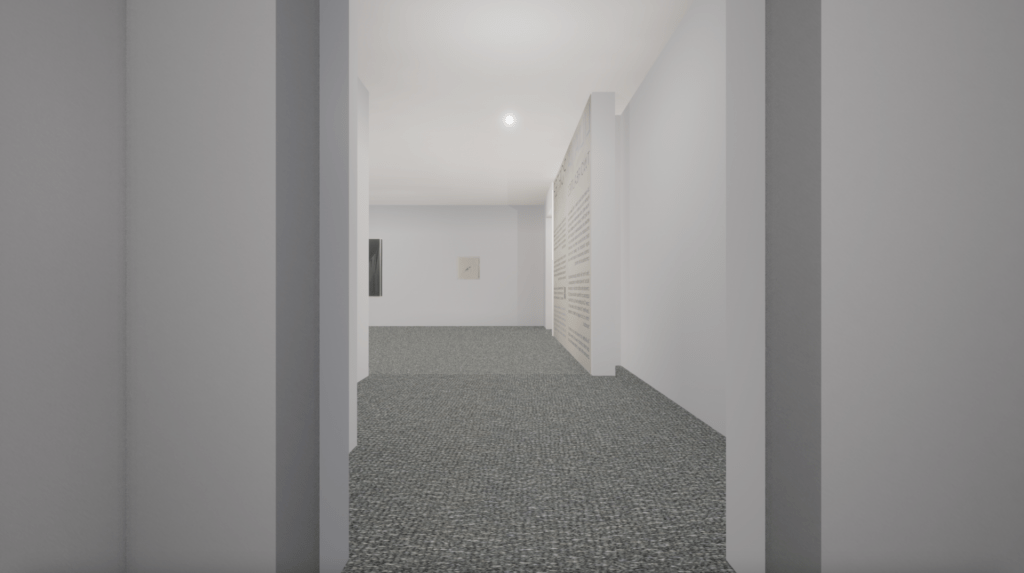
Introduction
Liliana Porter’s use of figurines in her work invokes an array of cultural associations and themes of memory and playfulness. With that in mind, we approached the digital reality of her exhibition as a game. We used the 3D creation software framework, Unreal Engine, to attempt virtual world-building. The map contains a replica of the Mead’s physical exhibition Two Realities and an invented domestic space filled with renderings of furniture and figurines from Porter’s actual studio. The idea is to break the traditional white cube structure of art galleries, bring life and interactivity to the digital exhibition, and showcase a glimpse at Porter’s process. By including studio elements, we hope Porter finds this digital world familiar and welcoming to her as an artist.

Trailer of the Map
Behind the Scenes
The Models
We made 3D models for both sides to embed within our map. Using reference photographs offered by Porter and photographs we took in the Mead’s galleries, we created several 3D models with realistic shape and texture. For gallery models, we used the software Metashape and used photogrammetry to ensure maximum accuracy of Porter’s work; the studio models are made from observation using Autodesk Maya, then textures were painted on in Substance Painter. Our goal is to add familiarity to our virtual exhibition by recreating objects people would have seen in person.


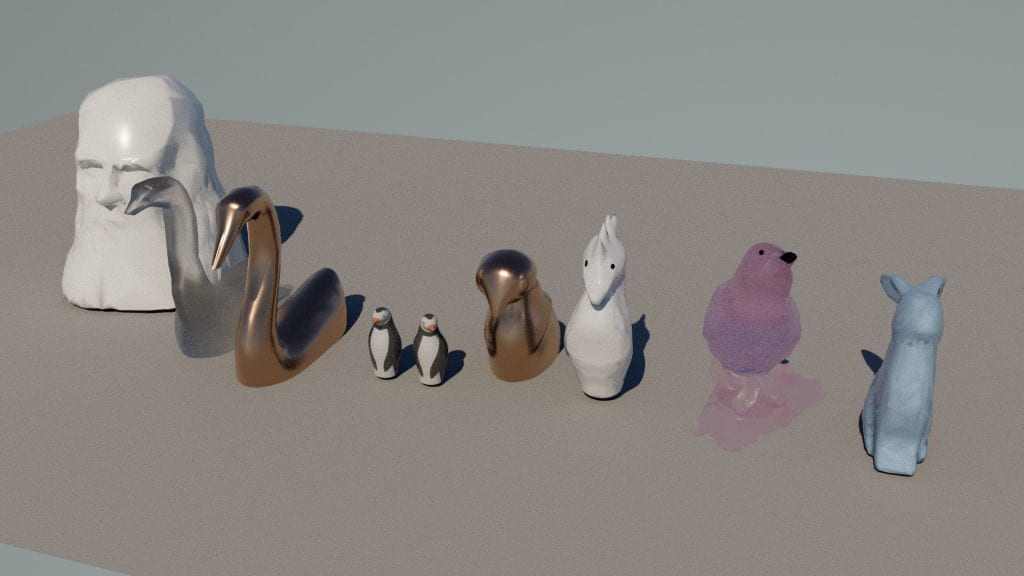
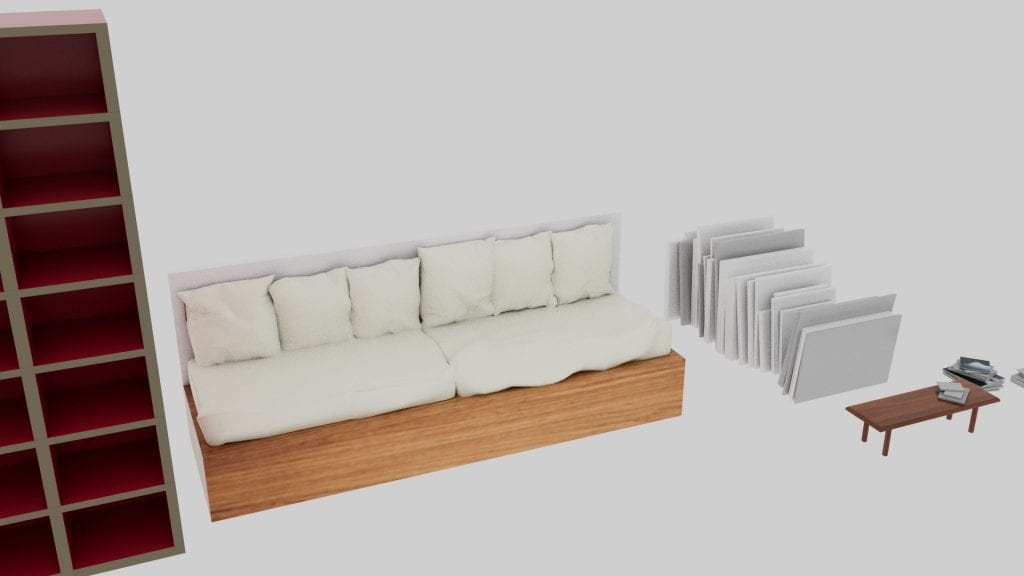
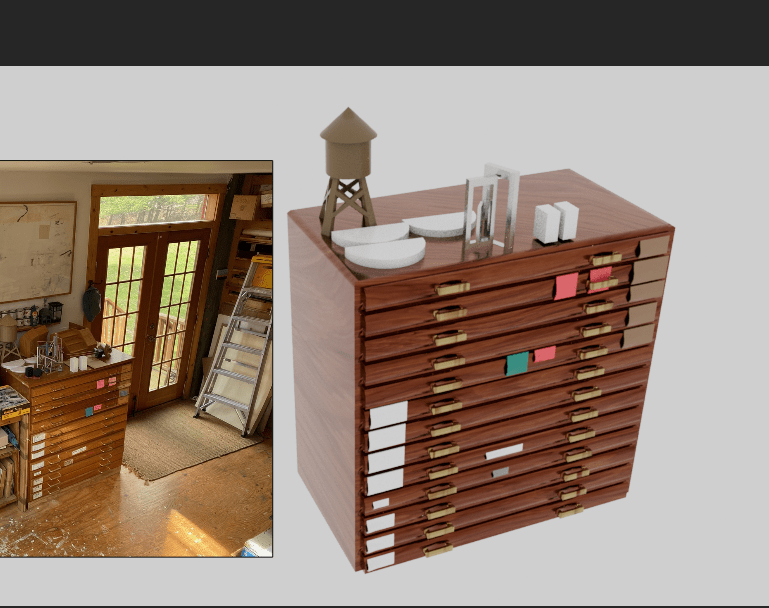

The Map
The map is based on the blueprint of the Mead Art Museum. We started with a simple foundation with walls and added details over time. We later built a duplicate space and connected the two sides with a mirror threshold—the looking glass. It is by design that once on the other side of the door, the viewer’s perspective will be changed into that of a figurine’s, and the viewer will be able to explore, walk, run around the map as one of Porter’s figurines. This is our attempt at breaking the traditional ‘white cube’ of galleries, and embedding some of Porter’s playfulness, humor, and thought process into the virtual exhibition.
Special thanks to Liliana Porter, Professor Niko Vicario, Lisa Crossman, and Emma Vecchione in providing the resources and support for our project!
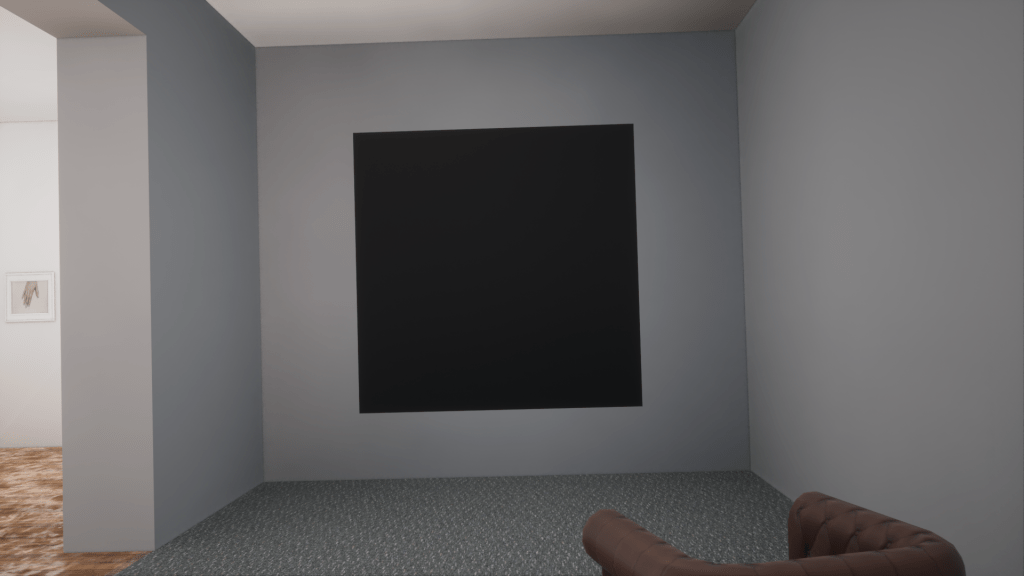
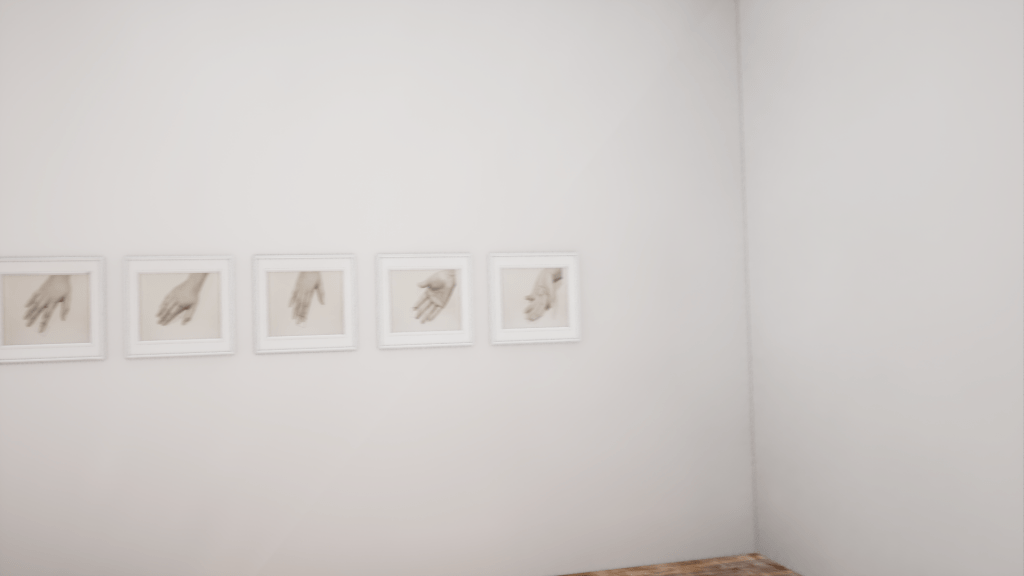
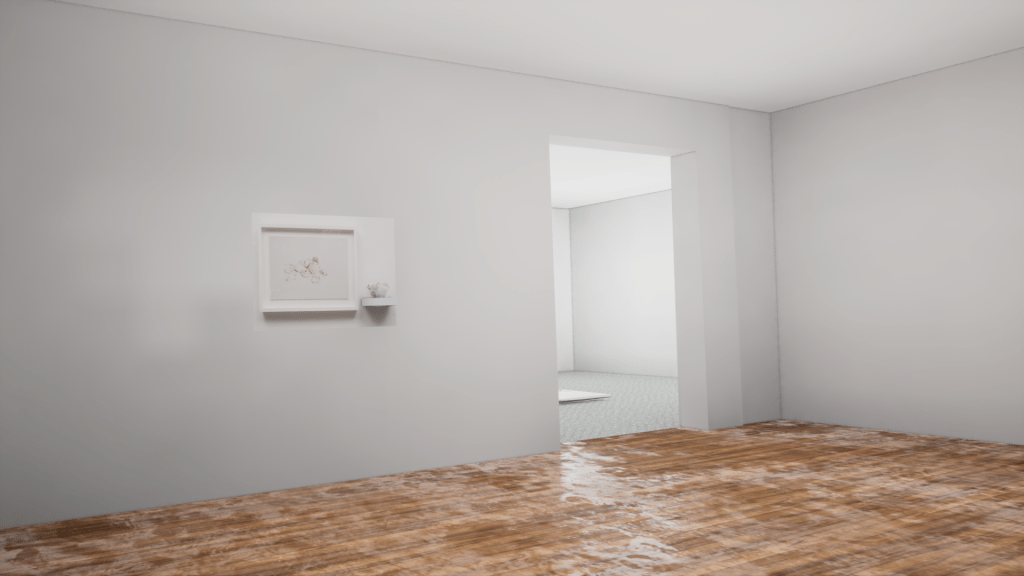
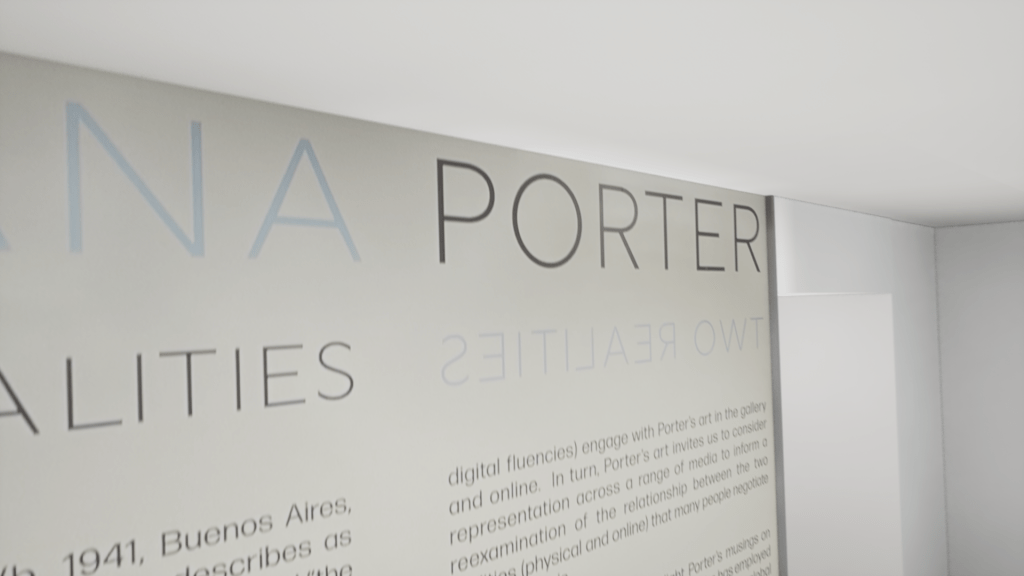
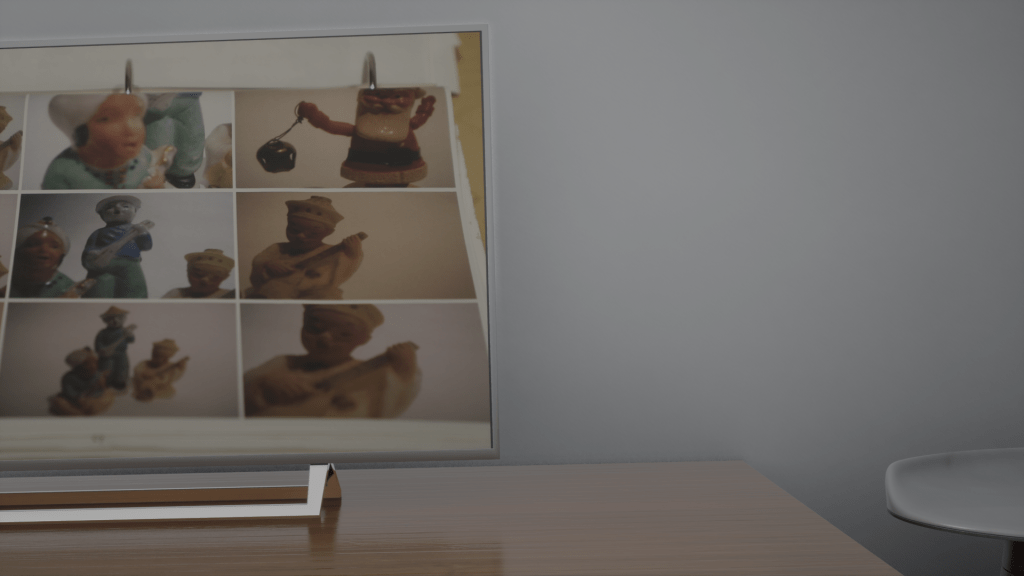
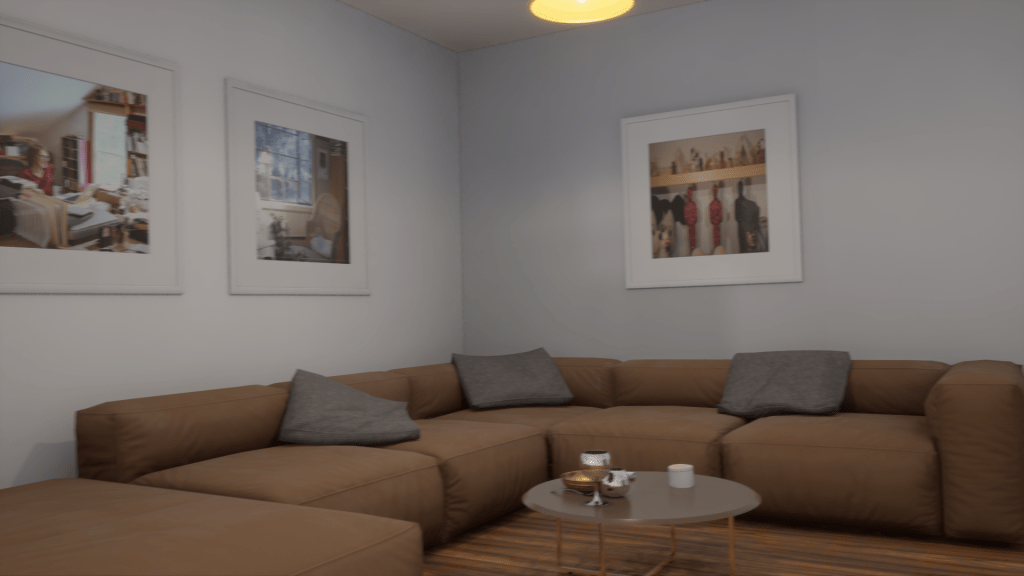
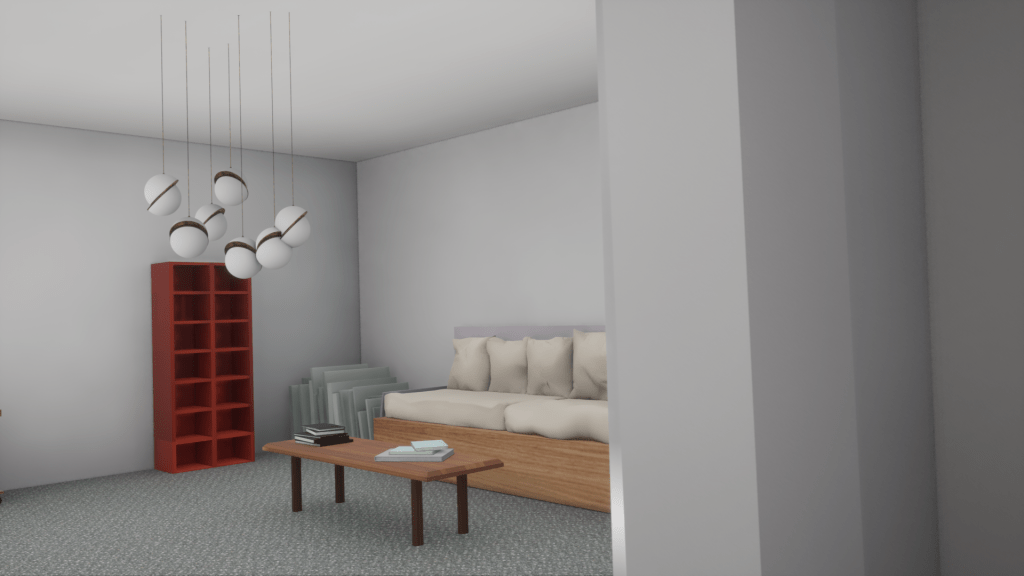
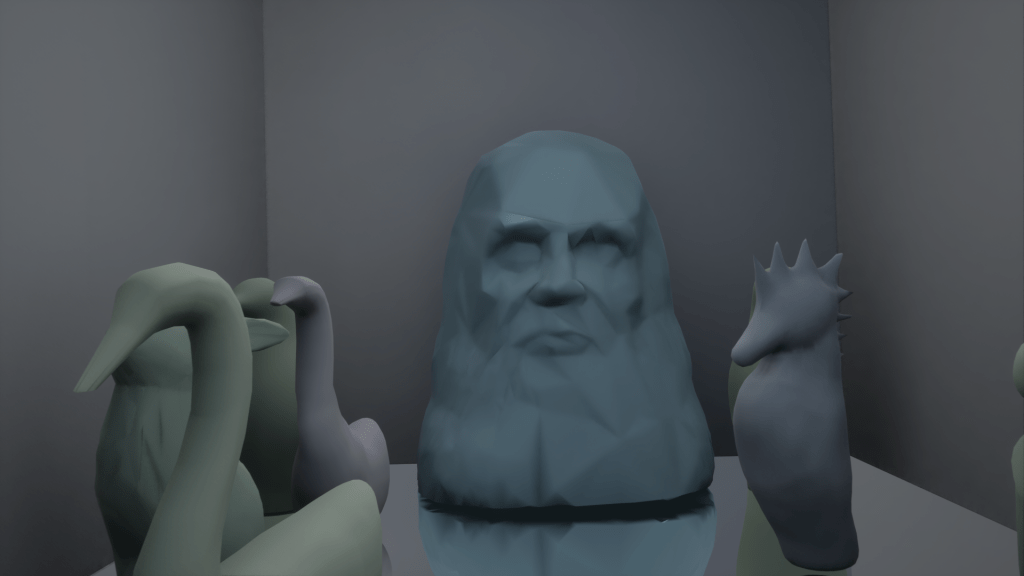
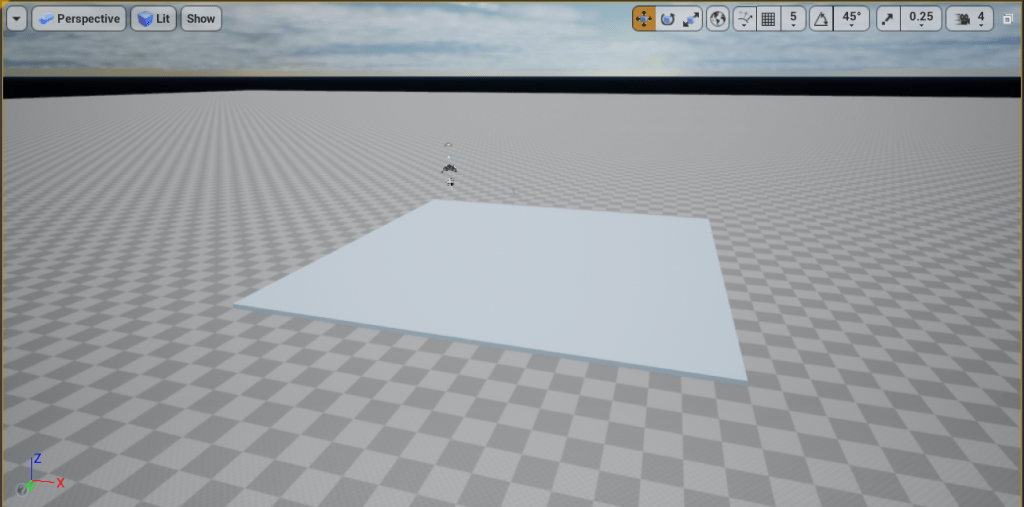
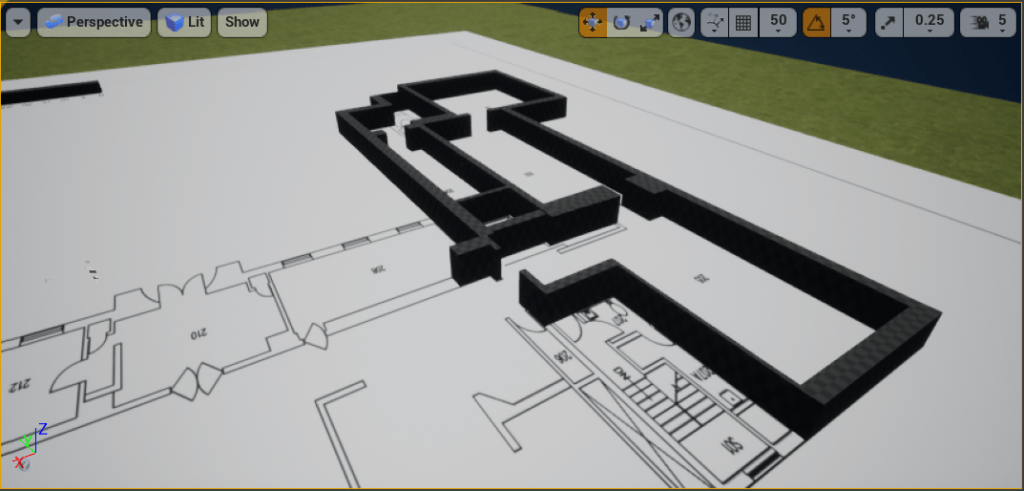
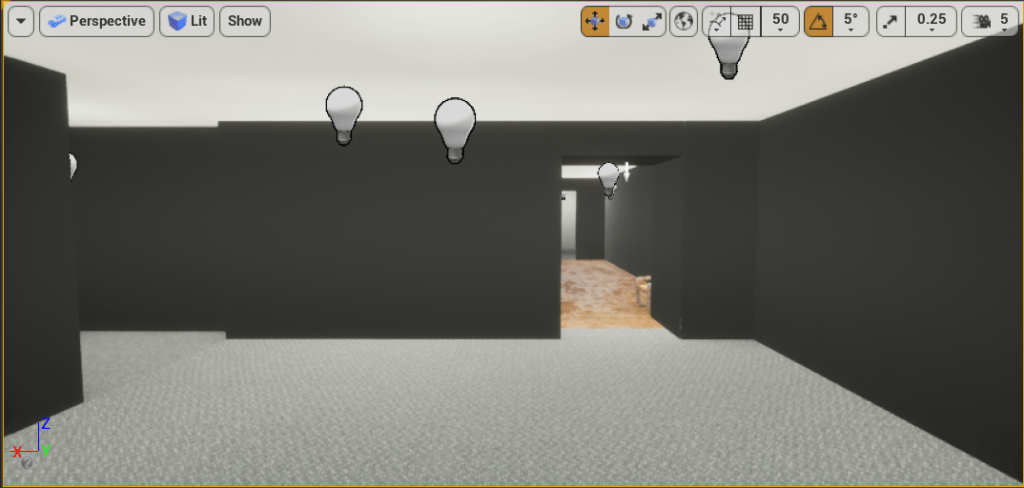
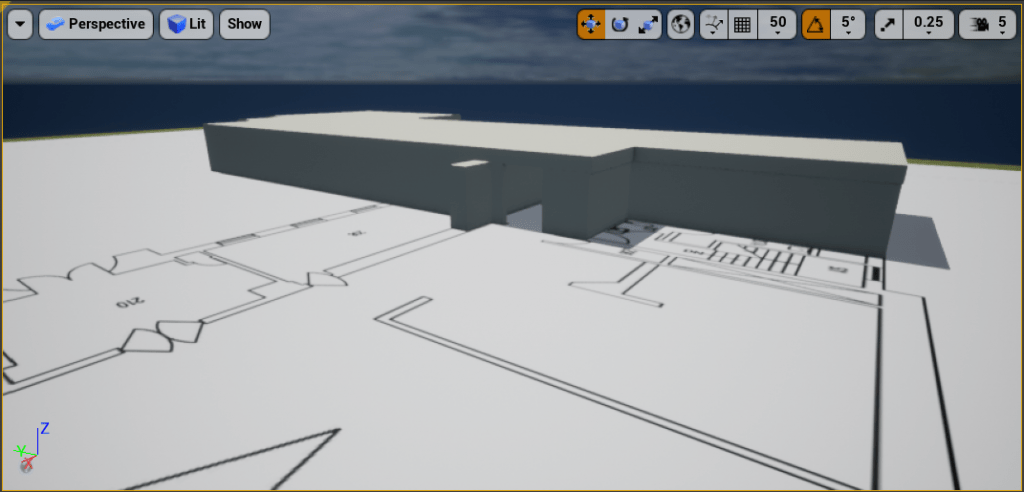
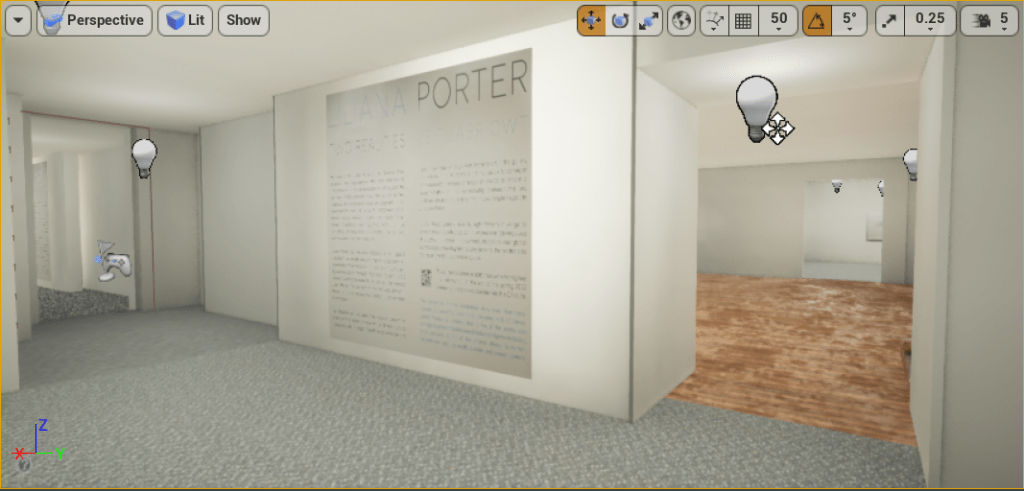

You must be logged in to post a comment.